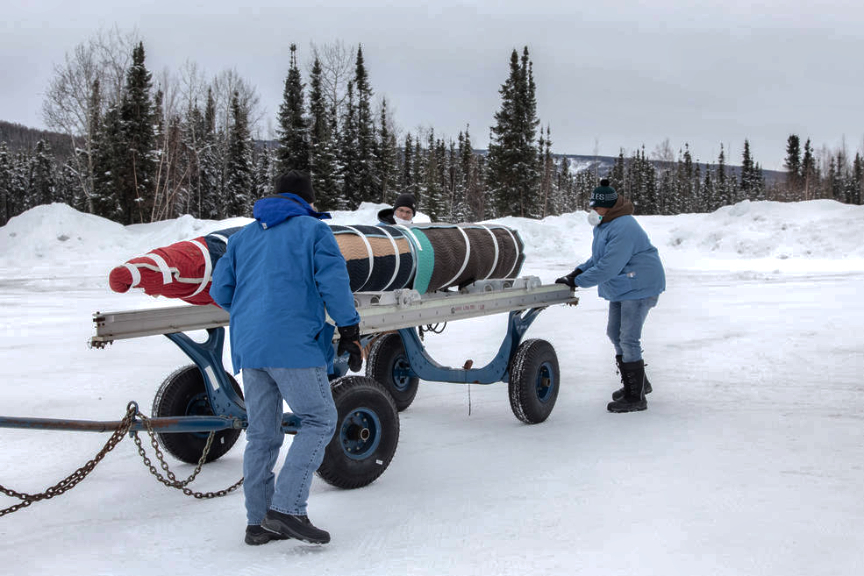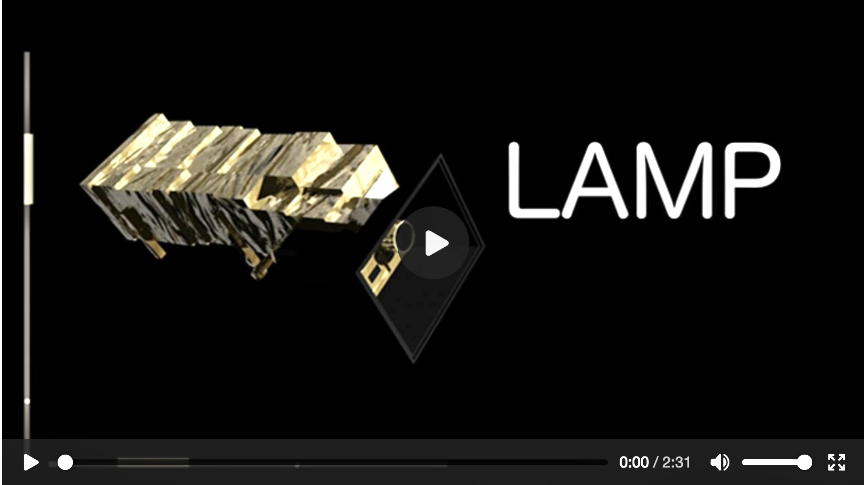
A new NASA sounding rocket mission will soon take to the Alaskan skies — the LAMP mission, short for Loss through Auroral Microburst Pulsations, will fly above an often-overlooked kind of northern lights to test a theory on what causes them. The launch window at Poker Flat Research Range in Fairbanks, Alaska, opened on February 24, 2022.

The aurora borealis, or northern lights, is a familiar treat to those who call northern latitudes home. Auroras come in different shapes and colors, waving their ribbons of vibrant green, red and purple across the sky. However, one variety of aurora displays a peculiar behavior: it pulsates.
Like all aurora, pulsating aurora are set alight by electrons (and occasionally protons) from near-Earth space. These electrons plunge into our atmosphere and collide with atoms and molecules, causing them to glow in their distinctive colors – red and green by oxygen, blue by nitrogen – as they release their excess energy.
But what sets those electrons into motion in the first place? For pulsating aurora, the going theory points to chorus waves, so named because they were first detected as audio signals in radio receivers during World War I.

But chorus waves are not sound waves – instead, they move through plasma, the electrified gas that makes up over 99% of the observable matter in space. They ripple through the particles trapped within Earth’s magnetic environment, shaking some loose to fall into our atmosphere.
“It’s sort of hypnotic, pulsating every few seconds,” said Dr. Alexa Halford, space scientist at NASA’s Goddard Space Flight Center in Greenbelt, Maryland, and principal investigator for the mission. “The blobs and colors remind me of a lava lamp, where you can just sit and stare at it for hours. “Pulsating aurora and microbursts seem to happen at similar times, even though they’re different energy ranges. So, the big question is, are they the same events? Are they being driven by the same processes in the magnetosphere?”
“Chorus waves occur at exactly the right frequency to ‘resonate’ with the electrons that create pulsating aurora, similar to how you pump your feet at just the right time to get a swing to go higher and higher,” said Dr. Allison Jaynes, space physicist at the University of Iowa in Iowa City and co-investigator for the mission. Eventually, some of these electrons “jump off” the swing – and shoot into our atmosphere.
Chorus waves can launch both low and high-energy electrons, which may explain some puzzling coincidences. Pulsating aurora are caused by fairly low-energy electrons, but they’re often observed alongside flashes of X-ray light known as microbursts, which come from higher-energy electrons.

That’s what LAMP hopes to find out.
The LAMP instrument will fly aboard a sounding rocket, a small rocket launched into space for a targeted few minutes of measurements before falling back to Earth. Watching ground-based cameras at the Poker Flat Research Range and at a downrange site called Venetie, the team will wait until they see auroras start to pulsate. Then it’s go time. Three men rolling out a rocket payload across the snow.
The rocket will fly above the pulsating aurora, measuring the low-energy particles that cause them as well as the medium- and high-energy electrons that should also come from a chorus wave. On the ground, a riometer will provide an independent measure of high-energy electrons, so the rocket team can confirm their measurements. The only thing they won’t measure is the chorus wave itself, though the team is hoping for a chance flyby of a satellite that could potentially provide those observations.
“We have all but one piece of the puzzle that we’re hoping to catch simultaneously…but any of it is going to provide us new information and hopefully help us test that theory that it’s the chorus waves behind it all,” Halford said.
The LAMP mission is an international collaboration with contributions from NASA’s Goddard Space Flight Center, Dartmouth College, University of New Hampshire, and University of Iowa, and Japan Aerospace Exploration Agency (JAXA), Tohoku University, Nagoya University, and Kyutech in Japan.
Story by By Miles Hatfield
NASA’s Goddard Space Flight Center, Greenbelt, Md.

